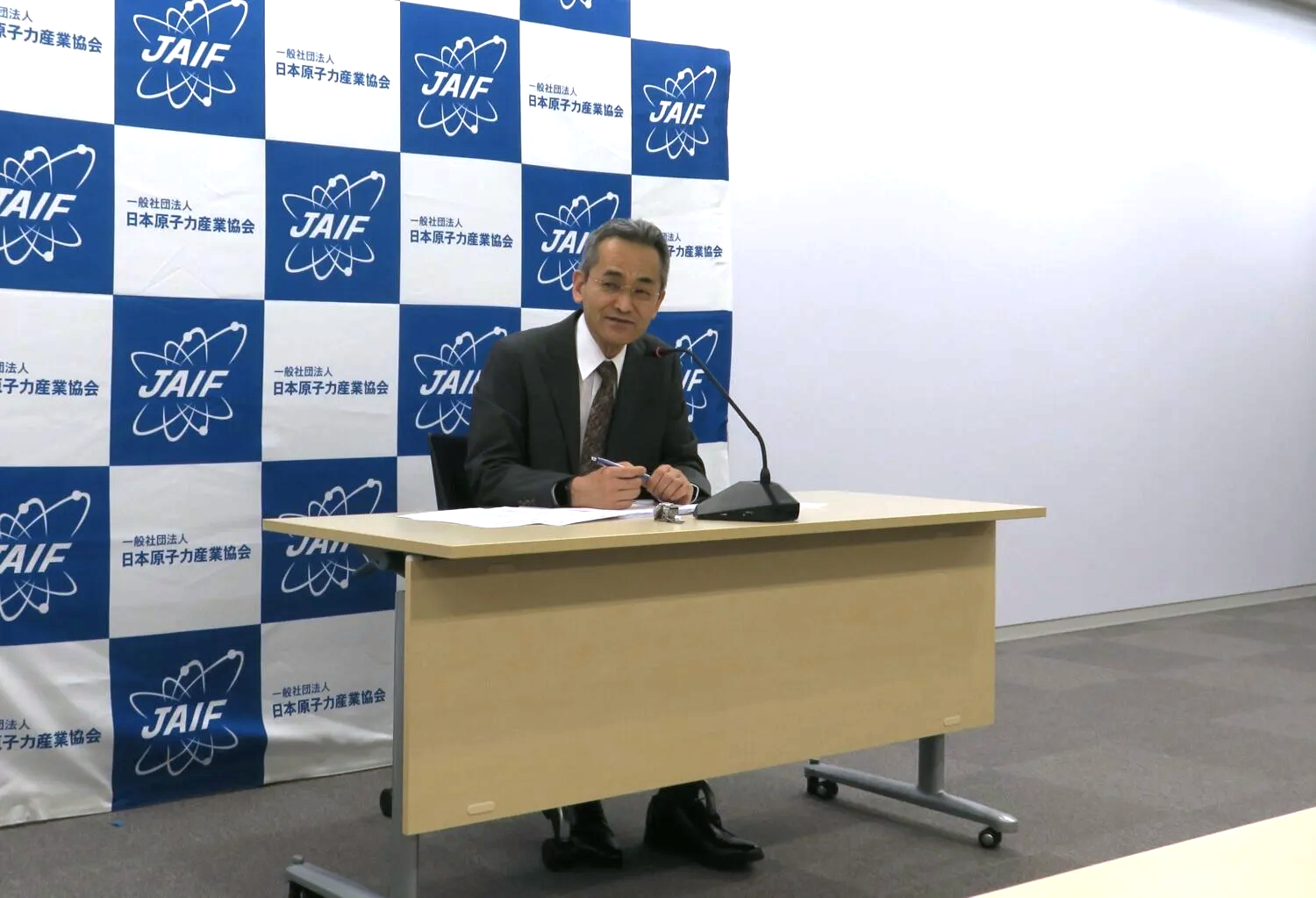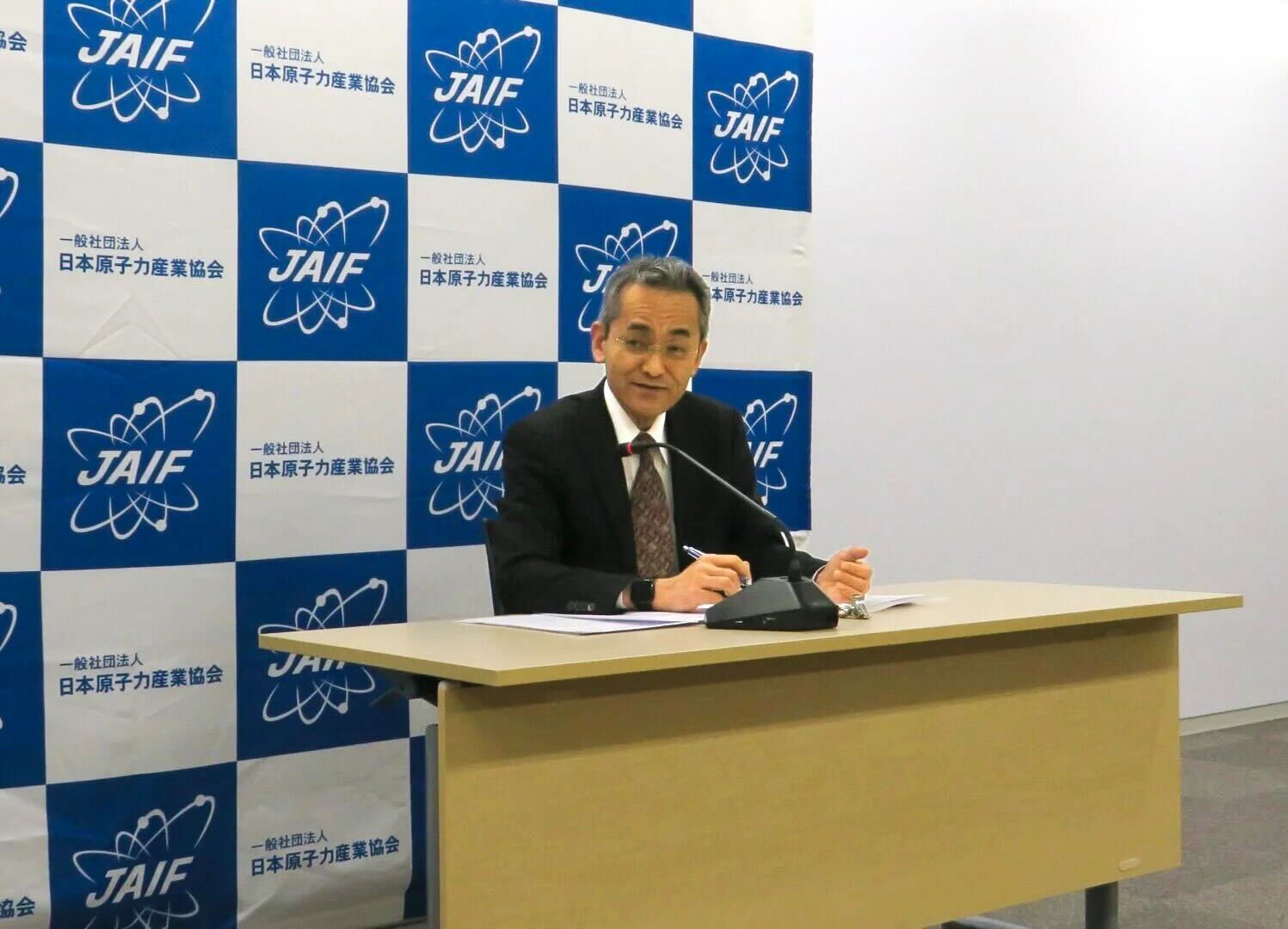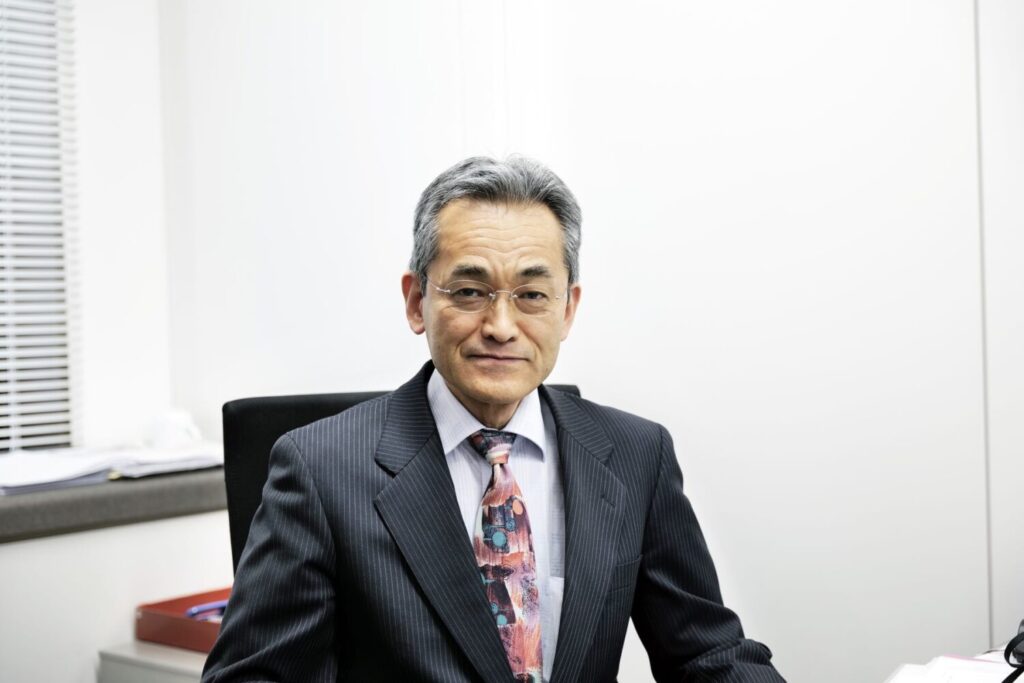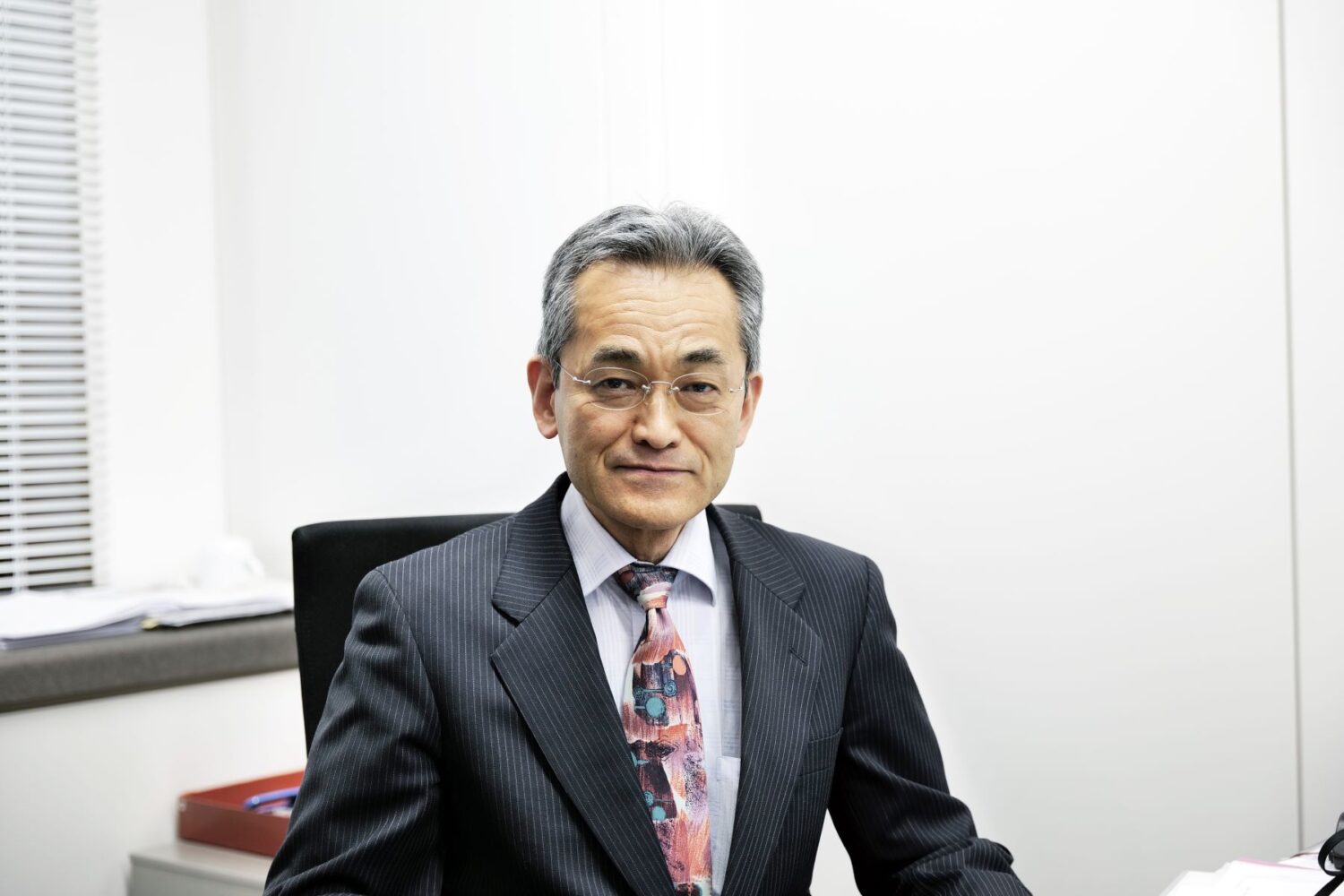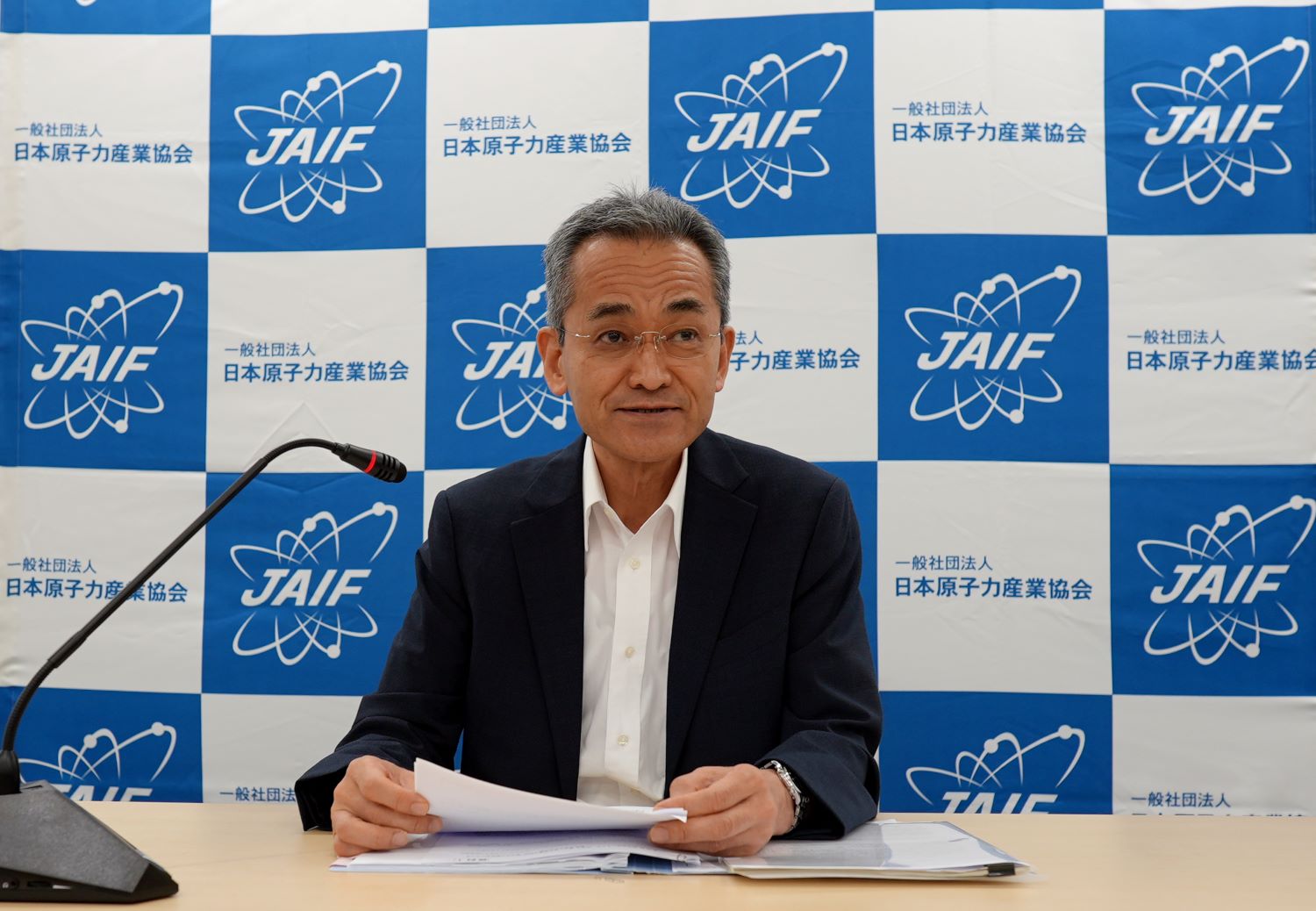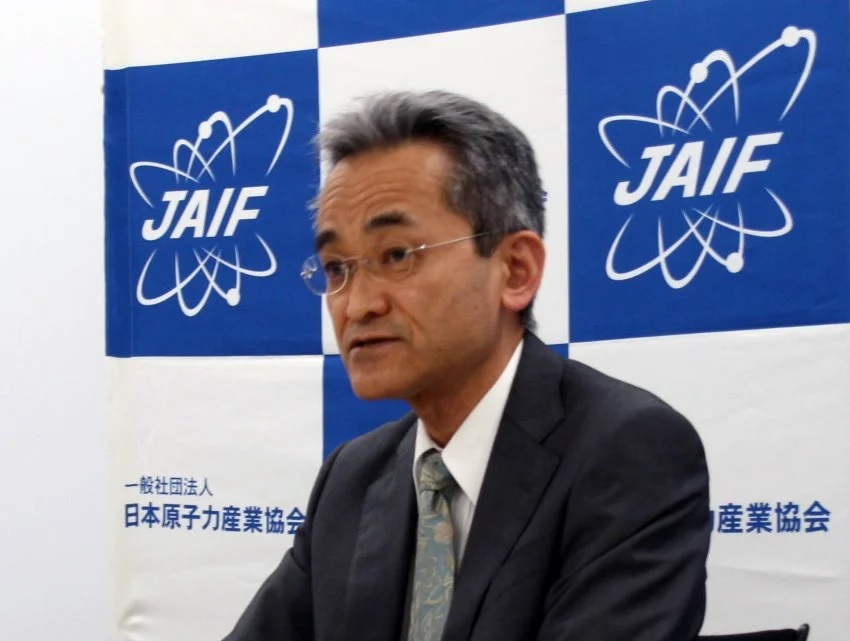For the first time, the Global Stocktake (GST)—a comprehensive technical assessment of progress, made every five years, in each of the goals set out in the Paris Agreement—was conducted. In the document issued about the conference’s results, language was included to accelerate zero- and low-emission technologies for reducing greenhouse-gas emissions, especially such reduction and elimination technologies as renewables and nuclear, as well as carbon capture, utilization, and storage in areas for which reducing emissions is difficult, along with low-carbon hydrogen production.
It is quite significant that this was the first time in COP history that the low-carbon value of nuclear had been recognized and clearly stated in an official conference document.
In addition to the document released on December 2nd, 22 countries—including Japan, the United States, the United Kingdom, France, and Canada (and the number is still increasing)—signed a ministerial declaration setting an ambitious goal of tripling the world’s installed nuclear capacity by 2050 to achieve the 1.5°C target set in the Paris Agreement.
In addition to the growing global expectations for the contribution of nuclear toward preventing climate change, Japan’s Prime Minister KISHIDA Fumio—who had referred to the significance and use of nuclear power at previous G7 summits—stated in his summit-level speech on December 1 that Japan would maximize the use of clean energy while referring to the use of nuclear power for the first time at a COP meeting. That may have contributed significantly to the inclusion of nuclear in the document.
In response to the Ministerial Declaration, associations and companies belonging to the world’s nuclear industry released the Nuclear Industry Pledge, which endorsed the goal of tripling global nuclear capacity by 2050 as well as maximizing the contribution from existing operating nuclear power plants (NPPs), and committed to accelerate the pace of new nuclear energy deployment in a safe, responsible, and reliable manner.
In the run-up to COP28, an initiative called Net Zero Nuclear (NZN) was launched in September by the World Nuclear Association (WNA) and the Emirates Nuclear Energy Corporation (ENEC) of the UAE, the host country. As a founding member of that initiative, the Japan Atomic Industrial Forum (JAIF), together with other nuclear industry organizations overseas, collaborated with the International Atomic Energy Agency (IAEA) to promote the contribution of nuclear to climate change countermeasures at COP28, including the establishment and operation of a pavilion.
Additionally, Nuclear for Climate (N4C)—a grassroots initiative of more than 150 nuclear-related organizations from around the world, and of which JAIF is a founding member—set up and operated a pavilion, mainly by young people, and presented a position paper calling upon policymakers to support nuclear energy as an important clean energy source.
COP28 marked the third time that nuclear has made its presence felt at the COP, following COP26 (Glasgow, UK) and COP27 (Sharm El Sheikh, Egypt). It was at COP27 that the IAEA, together with other national nuclear industry associations, including JAIF, exhibited in a pavilion for the first time. The presence of nuclear was further enhanced and expanded this year with activities centered on the NZN and IAEA Pavilions, as well as 50 nuclear-related side events.
Also, for the first time ever, a panel exhibition on nuclear energy was held in the Japan Pavilion sponsored by the Japanese government, while the pavilions of the United States, Canada, South Korea, the United Kingdom, France, and other countries actively held nuclear-related exhibitions and events. Particularly, a JAIF representative spoke at several official UNFCCC events—including The Contribution of Nuclear Energy to Decarbonization and the Net Zero Nuclear Summit 2023—that were attended by high-level officials from the public and private sectors as well as many young people from around the world.
There, JAIF representative said, “The Japanese nuclear industry has taken to heart the lessons learned from the accident at Fukushima Daiichi and has made safety its top priority more than anything else. Constant discussion and communication with society about our sincere commitment to safety will be the cornerstones supporting our long challenge toward the year 2050.” JAIF has set up a special COP28 page on its Japanese website, which includes information on NZN-related activities and other information available only in the field, so please check it out.
Nuclear power is a dependable, established technology that is both superior in terms of energy and economic security and sustainable in terms of the environment. At the same time, innovative fields are expanding for which further growth is expected, such as fast reactors, small modular reactors (SMRs), high-temperature gas-cooled reactors (HTGRs), and fusion reactors. In addition to the power sector, nuclear energy also has the potential to support the decarbonization of various other sectors, such as industry, transportation, and households, through heat supply and hydrogen production.
The presence of nuclear at the COP grows year in and year out, and the recognition is steadily gaining ground that nuclear can be an effective means of combating climate change. JAIF will continue to work with nuclear colleagues worldwide to promote the maximum use of nuclear energy as a clean energy source to address the issue of climate change.
Finally, I would like to thank all the Japanese firms that have endorsed and supported the NZN Initiative.





